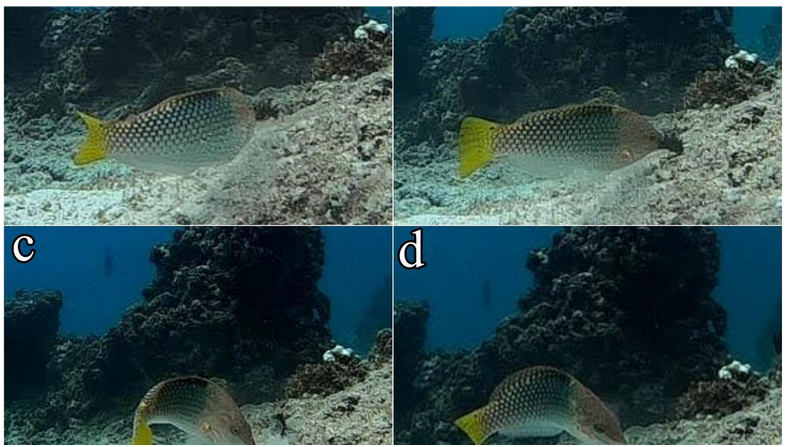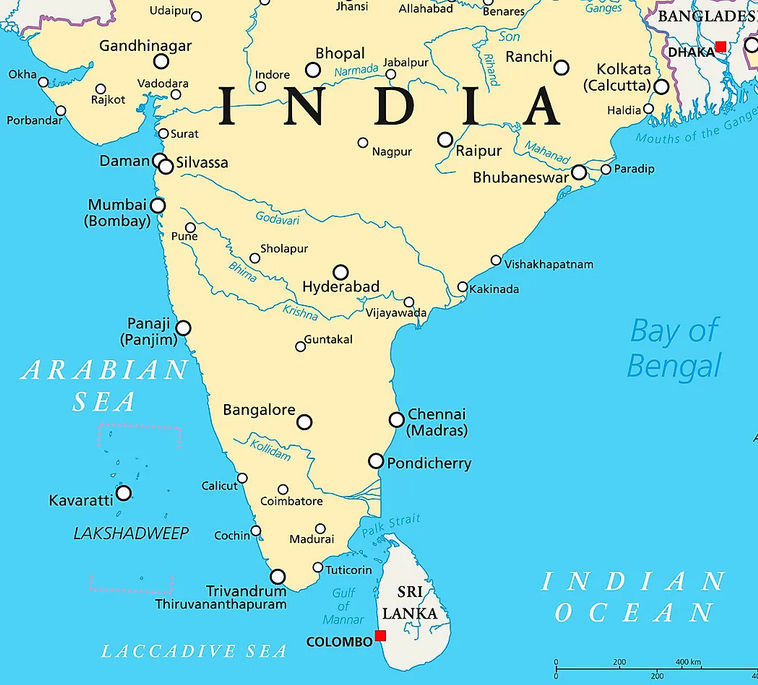News Excerpt:
Three fish species that live in the Laccadive Sea, off the southwest corner of the Indian coast, are capable of using tools.

About the news:
- The Jansen’s wrasse (Thalassoma jansenii) and the checkerboard wrasse (Halichoeres hortulanus) have never been reported using tools before, and this is the first documented instance of the moon wrasse (Thalassoma lunare) using tools in the wild.
- All three species used live or dead coral structures as anvils to break the hard shells of sea urchins so they could get to the edible bits inside.
Why do fish need tools?
- E. molaris, like most sea urchins, is covered in an armour of spines. It also has a hard skeleton (test) that protects its internal organs, making it difficult for fish with unspecialised mouth parts to prey on it.
- Multiple wrasse species (Jansen's, checkerboard, moon wrasses) use objects around them as makeshift tools to break open the urchin tests and access the prey inside.
How did the wrasses use tools?
- The three wrasses didn't have specialised mouthparts like the archer fish.
- They employed a series of specialised behaviours to tackle the challenges of preying on the well-protected sea urchins.
- Upon finding a sea urchin, a wrasse would carefully approach it from the side and use its snout to gingerly turn the urchin over, exposing the underside with fewer and softer spines.
- The wrasse would then pick up the overturned urchin in its jaws, taking advantage of the reduced spine protection on the underside.
- With the urchin in its mouth, the wrasse would swim to a nearby hard coral and strike the urchin against it repeatedly.
- These repeated strikes served two purposes:
- Dusting off the remaining prickly spines from the urchin.
- Break open the test as well.
- Once the urchin's test was cracked open, the wrasse could access and eat the soft internal parts.
Why does finding matter?
- Scientists have previously observed anvil use in only about 18 fish species around the world, all belonging to the same family of wrasses, Labridae.
- The three wrasses also belong to this family.
- It raises questions about why such tool use is relatively common only in the Labridae family of wrasses - is it related to brain size like primates, or lack of observations in other fish families
- It reinforces the need for more rigorous observations.
- These observations are incidental, yet documenting them carefully is critical so we can ask larger questions about habitat use by fish,
- the development of animal intelligence, and predator-prey interactions.
- The variations observed (fish sizes, methods, prey handling, locations) within the three wrasse species provide opportunities to investigate factors influencing tool-use expression.
|
Laccadive Sea:
 |


